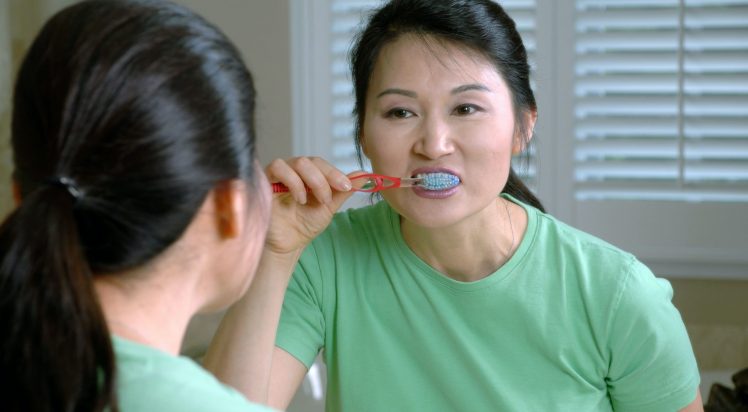
Gingival Graft
You may need a gingival graft, also called a gum graft, if you have exposed roots and cannot brush your teeth properly.
"The staff is very courteous and professional. Dr. Shoaib Khan is very conversational and explained everything clearly before doing every step of the procedure. Best Dentist I have ever visited. All Five Star. I highly recommend Dr. Khan to my friends and relatives."
-- Nooruddin K.

You may need a gingival graft, also called a gum graft, if you have exposed roots and cannot brush your teeth properly. In this case, we may recommend the procedure if your dentist notices a build-up of calculus and plaque on the root or if tooth decay has already started. A gingival graft covers and protects the surface of the roots.
Patients sometimes request this procedure themselves if a tooth is hypersensitive due to an exposed root or they don’t like the way the tooth with an exposed root appears. In some cases, our Arlington Heights dentist may perform a soft tissue graft in preparation for placing a crown or implant. This protects the teeth supporting these dental restorations.
What to Expect During a Gingival Graft
This procedure is typically performed by a periodontist. This is a dentist who specializes in the treatment of conditions involving the roots and tissues. To start the procedure, Dr. Khan removes a small amount of connective tissue from the roof of your mouth. The next step is to suture it to your gum line. Placing the tissue here allows new tissue to grow while covering the exposed roots of your teeth. If the connective tissue of your palate is not thick enough, your dentist must use surface tissue as well. This is a last resort as it tends to cause more bleeding and pain for the patient.
Recovering from the Procedure
It can take four to eight weeks for your palate and gums to return to normal. During the process, your soft tissue slowly shrinks and the swelling decreases. New blood vessels form that carry blood to the newly grafted surface. The amount of time it takes for your mouth to heal depends on how much tissue your dentist had to remove and how thick or thin it was. Healing tends to take longer when the gum graft procedure caused bone to be exposed at the donor site.
The hole in your palate will start to close on its own in approximately two weeks. It is at this point that the superficial layer of skin starts to grow back and the skin on the roof of your mouth feels thicker. You can take over-the-counter pain medication for a few days after the procedure or your dentist will write a prescription for a stronger pain killer. A major benefit of these medications is that they control swelling as well as pain.

